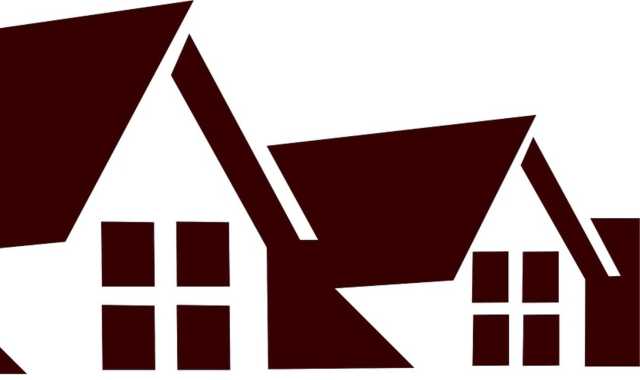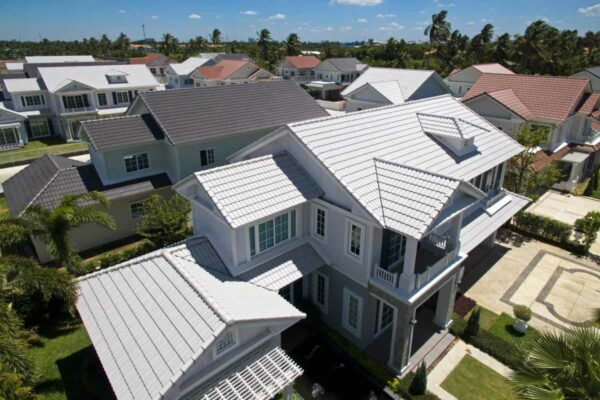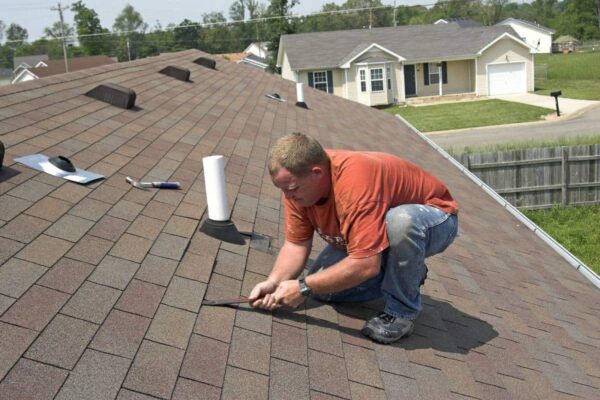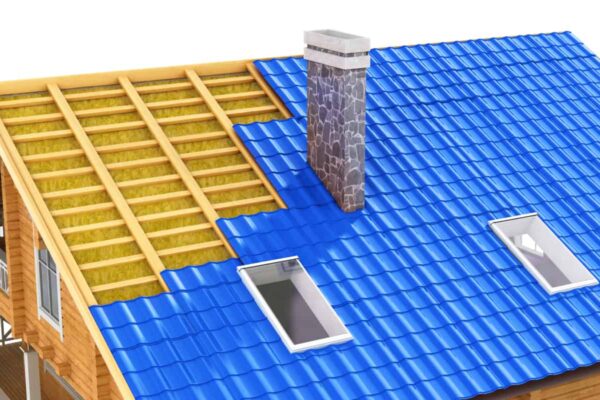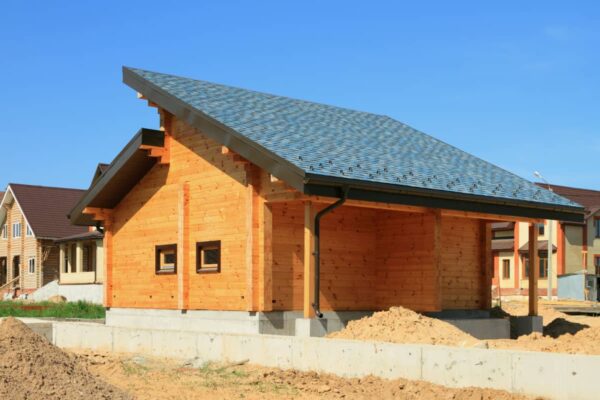Low-slope roofing is a fundamental component of any well-constructed building, yet not everyone may be familiar with its purpose and characteristics. Below, we dive into the world of low-slope roofing to answer the question: What is it?
Whether you are a homeowner looking to understand your roof better or a professional in the construction industry seeking detailed insights, you’ll learn valuable information about low-slope roofing systems. From defining what constitutes a low slope to exploring its advantages and considerations, we leave no stone unturned. Join us as we unravel the complexities of low-slope roofing and enlighten you on all aspects associated with it.
Introduction to Low Slope Roofing
Low-slope roofing refers to a type of roof that has a slope less than or equal to 3:12. This means that for every horizontal foot, the roof only rises by up to three vertical inches. Low-slope roofs are commonly found on commercial and industrial buildings, but they can also be used on residential properties.
One of the main purposes of low-slope roofing is to provide efficient water drainage. The design allows water to run off easily instead of pooling on the roof’s surface, which can lead to leaks and structural damage over time. Additionally, low-slope roofing systems often include waterproofing membranes, insulation layers, and protective coverings such as gravel or asphalt to enhance durability and energy efficiency.
Understanding low-slope roofing is important for homeowners because it affects the overall performance and longevity of their roofs. For construction professionals, having in-depth knowledge about this type of roofing system is crucial when designing, installing, or maintaining low-slope roofs for clients. With its various advantages such as cost-effectiveness and ease of installation compared to steep slope roofs, low-slope roofing can open doors for new opportunities in the construction industry.
Advantages of Low-Slope Roofing
Low-slope roofing offers several advantages that make it a popular choice for both residential and commercial buildings. One of the main advantages is cost-effectiveness. Compared to steep-slope roofs, low-slope roofing systems require fewer materials and less labor during installation, making them more affordable upfront. Additionally, their flat design allows for easier maintenance and repairs, reducing long-term costs.
Another advantage of low-slope roofing is its versatility in design. These roofs can be customized to suit various architectural styles and accommodate different building functions. Whether you need additional space for solar panels or HVAC equipment, a low-slope roof provides the flexibility to incorporate these elements seamlessly.
Due to their horizontal orientation, low-slope roofs are excellent for drainage purposes. They allow water runoff to flow smoothly into gutters or drains without accumulating on the roof’s surface. This feature helps prevent leaks and structural damage associated with standing water and ensures better overall longevity for your building’s roof system.
Disadvantages of Low-Slope Roofing
One drawback of low-slope roofing is its limited aesthetic options compared to steep-slope roofs. Low-slope roofs are typically covered with built-up or single-ply membrane materials that may lack variety in colors and styles. This limitation might not be ideal for homeowners who prioritize a unique appearance for their buildings or want their roofs to blend well with the overall design.
Installing certain components on a low slope can present challenges as well since working at an incline requires careful technique and specialized equipment. It may increase both labor costs and installation times due to the complexity involved in ensuring proper adhesion and sealing along the entire surface of the roof.
Despite these disadvantages, proper maintenance and regular inspections by professionals can help mitigate these issues effectively, allowing low-slope roofing systems to remain durable and reliable throughout their lifespan.
Common Maintenance for Low Slope Roofs
One crucial aspect of maintaining low-slope roofs is regular inspection and cleaning to ensure the drainage system functions properly. Due to their flatter design, these roofs tend to accumulate debris like leaves and branches more easily. It is important to remove any clogs or blockages from drainpipes and gutters periodically.
Low-slope roof maintenance should also include routine checks for signs of damage such as cracks, blistering, or wear on the roofing surface. Any small issues should be addressed promptly before they lead to larger problems inside the building. Professional inspections every few years are recommended to identify potential issues early on and extend the lifespan of the roof system.
Low-Slope Roofing Installation & Roof Repair in San Marcos TX
Low-slope roofing is a versatile and practical choice for many buildings, offering numerous benefits such as cost-effectiveness and energy efficiency. When it comes to expert low-slope roofing solutions in San Marcos, look no further than Divided Sky Roofing & Solar.
As the leading San Marcos roofing company, we take pride in delivering top-notch roof services that are backed by years of experience and industry expertise.
Contact us today for a professional San Marcos Roofer consultation and let us provide you with the highest quality roofing solutions tailored to your specific needs. Experience the excellence of Divided Sky Roofing & Solar and ensure your property is protected with the best low-slope roofing in the area.



